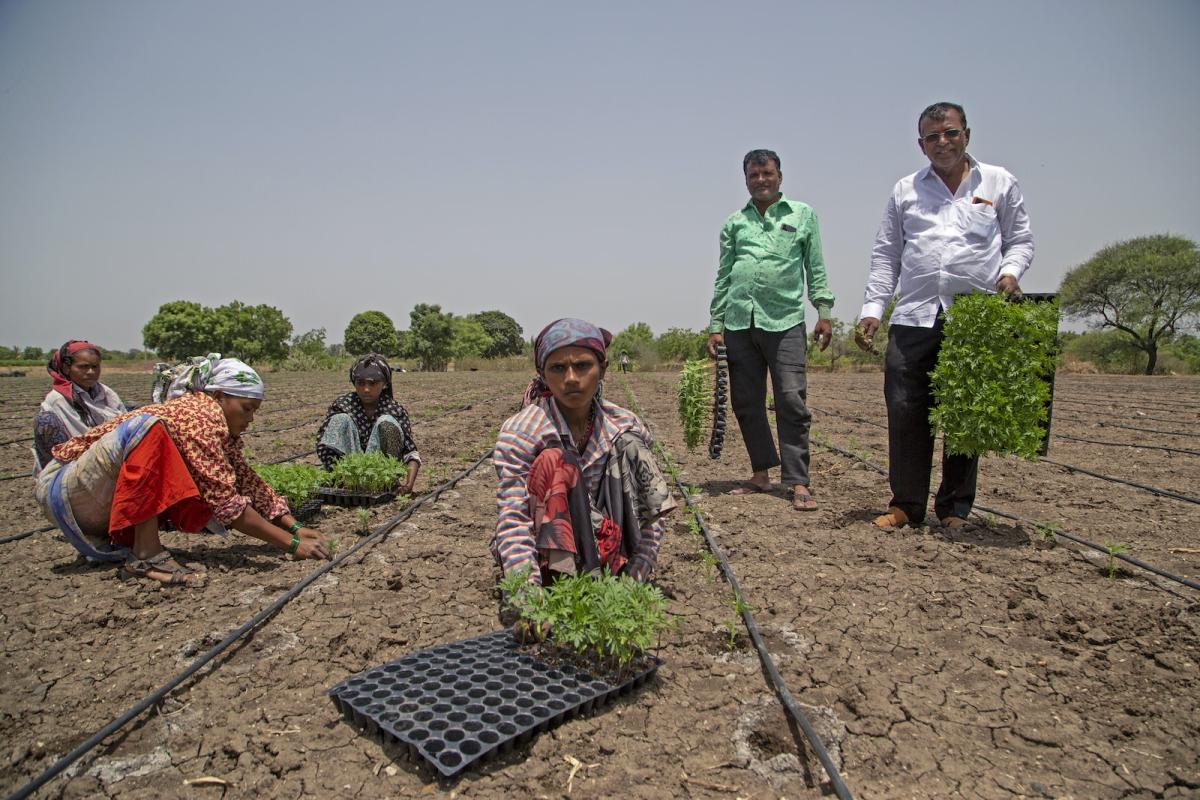This story was produced in collaboration with the Food & Environment Reporting Network, a nonprofit journalism organization.
This story is part of the Grist series Parched, an in-depth look at how climate change-fueled drought is reshaping communities, economies, and ecosystems.
As a young boy in the 1970s, Vishwanath Thange knew hunger. He usually lived on one meal a day, not enough when you’re working construction. But Thange had to take the work — or starve. He was born in Hiware Bazar, a village tucked deep inside the western Indian state of Maharashtra. Back then, the hamlet was a crime-ridden backwater, desperately poor and largely abandoned by government agencies. Thange’s family owned seven acres, but chronic drought prevented them from growing food to eat or sell. So Thange left, when he was 15, to look for work in nearby cities. About 20 years ago, he returned to Hiware Bazar, and today he is one of the 89 farmers there who have assets worth more than a million Indian rupees — a fortune in a country where 90 percent of the population... Read more
